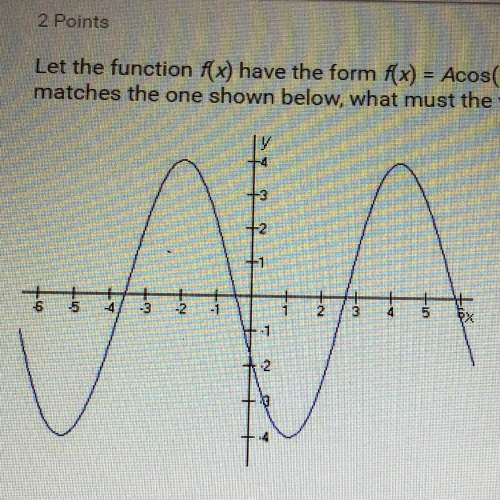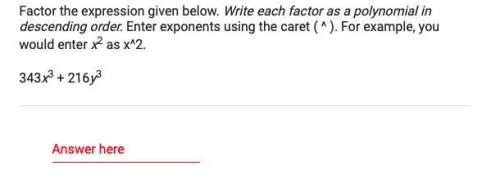Suppose P(C) = 98%; P(D) = 88%; and P(C or D) = 33%.
Find P(C and D).
Can this really be a pr...

Mathematics, 20.09.2020 07:01 demetriascott20
Suppose P(C) = 98%; P(D) = 88%; and P(C or D) = 33%.
Find P(C and D).
Can this really be a probability? If not, explain why not.

Answers: 3
Another question on Mathematics

Mathematics, 21.06.2019 14:30
In trapezoid efgh, m∠hef=(4x2+16)∘ and m∠gfe=(5x2+12)∘. find the value of x so that efgh is isosceles.
Answers: 1

Mathematics, 21.06.2019 18:00
Stephen thublin invests $1,000,000 in a 45-day certificate of deposit with 6.55% interest. what is the total interest income from the investment?
Answers: 1

Mathematics, 21.06.2019 20:30
What is the radius of a circle with an area of 78.5 cubic inches? use 3.14 for pie
Answers: 2

Mathematics, 21.06.2019 21:30
Questions 7-8. use the following table to answer. year 2006 2007 2008 2009 2010 2011 2012 2013 cpi 201.6 207.342 215.303 214.537 218.056 224.939 229.594 232.957 7. suppose you bought a house in 2006 for $120,000. use the table above to calculate the 2013 value adjusted for inflation. (round to the nearest whole number) 8. suppose you bought a house in 2013 for $90,000. use the table above to calculate the 2006 value adjusted for inflation. (round to the nearest whole number)
Answers: 3
You know the right answer?
Questions

Mathematics, 18.07.2020 01:01

Mathematics, 18.07.2020 01:01




Mathematics, 18.07.2020 01:01

Mathematics, 18.07.2020 01:01











Business, 18.07.2020 01:01















